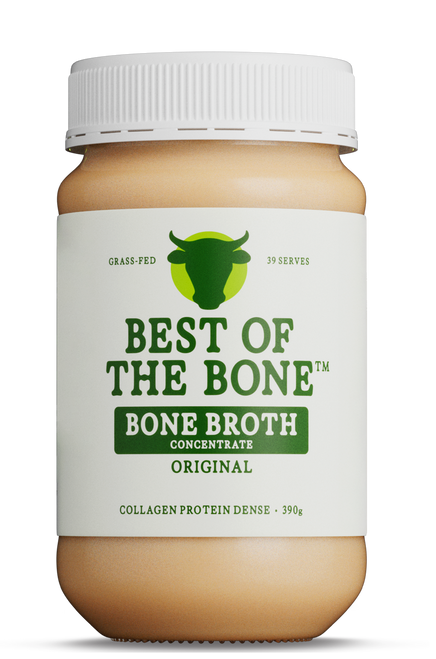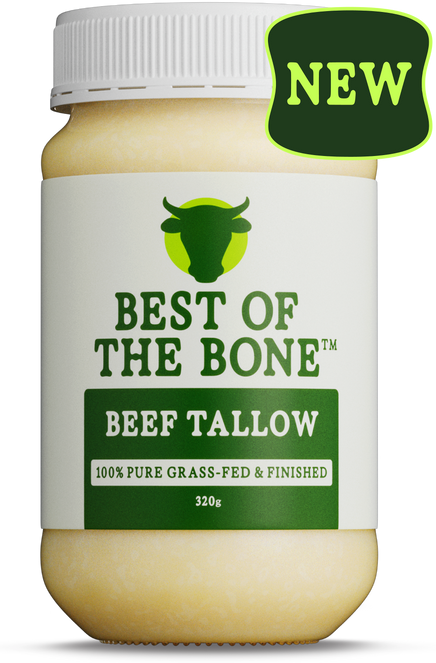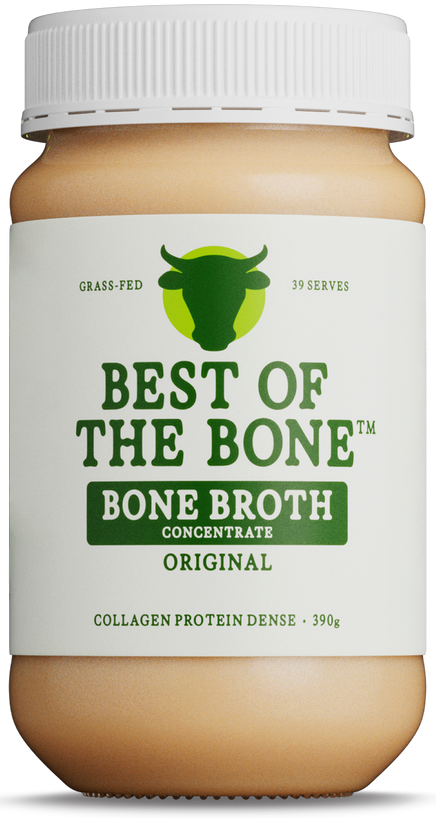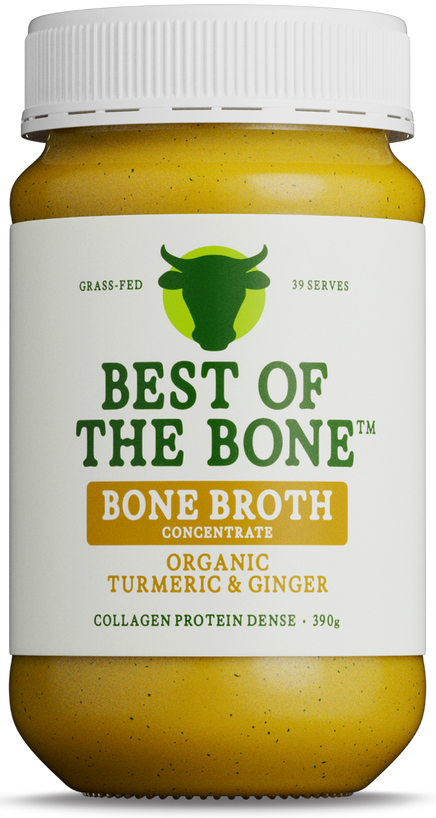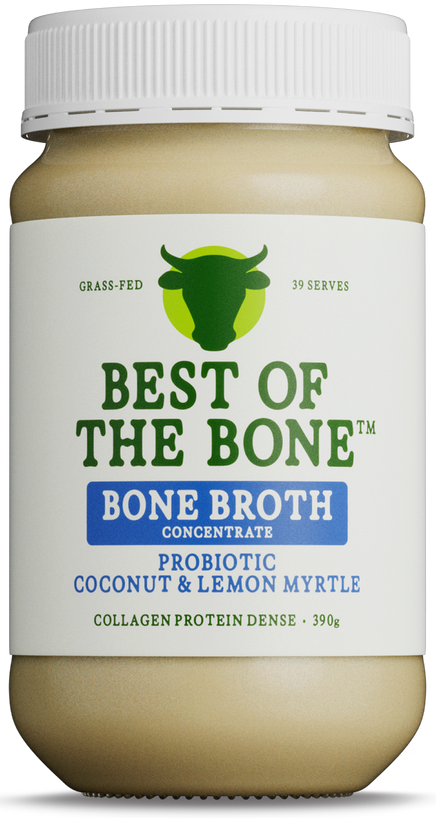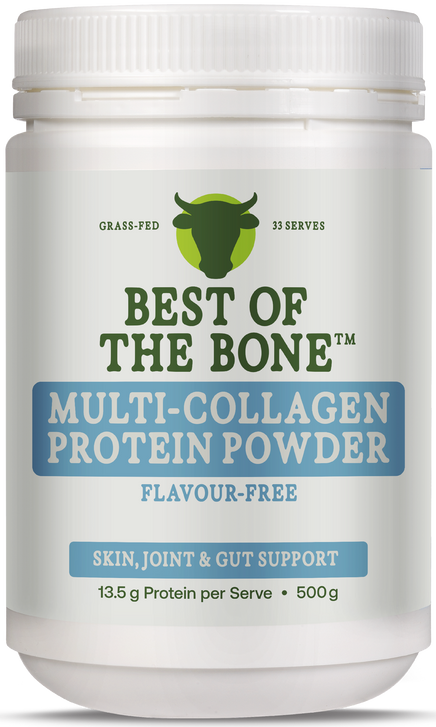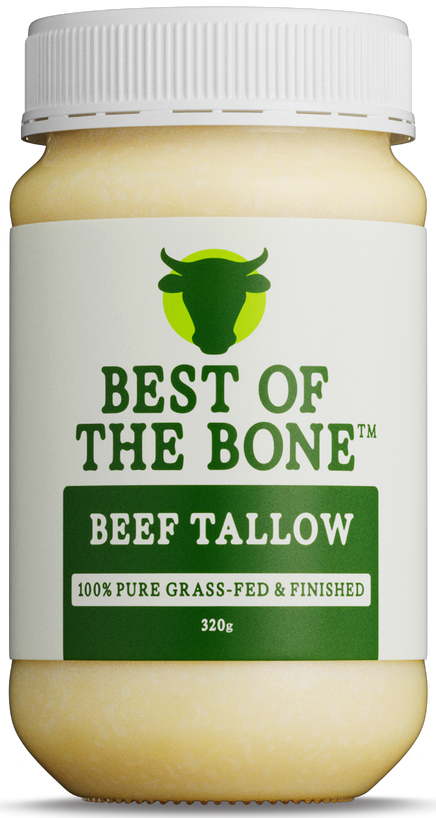Fat Isn’t the Enemy: Why It’s Time to Rethink Dietary Fats
For over half a century, dietary fat has been wrongly cast as a health villain. This belief, rooted in outdated studies and reinforced by decades of misguided public health policy, led to widespread fear of traditional fats and a dramatic shift toward industrial seed oils and low-fat processed foods. This resulted in a population increasingly burdened by obesity, metabolic disorders, inflammation, and chronic disease.
The legacy of Ancel Keys' flawed hypotheses, that saturated fat causes heart disease, while ignoring the roles of refined carbohydrates, sugar, and industrial seed oils, continues to cast a long shadow. Yet modern nutritional science has overturned much of this early dogma. The fact is that not all fats are created equal, and the body needs fat to thrive.
The Role of Healthy Fats in the Body
Fats are essential for hormone production, brain development, cell membrane integrity, and the absorption of fat-soluble vitamins, including vitamins A, D, E, and K. Certain fats, like omega-3 fatty acids, conjugated linoleic acid (CLA), and stearic acid, have demonstrated profound benefits for heart health, inflammation reduction, metabolism, and cognitive function.
Contrary to popular belief, saturated fats, especially those from grass-fed sources, offer numerous health benefits. Stearic acid, found in high concentrations in beef tallow and cocoa butter, has been shown to support mitochondrial function and healthy fat metabolism. CLA, naturally present in grass-fed meat and dairy, has been linked to improved body composition and immune regulation.
Tallow: A Nutrient-Dense Traditional Fat
Grass-fed beef tallow is a time-honoured fat, prized for its stability, nutrient density, and culinary versatility. It contains a well-balanced mix of saturated and monounsaturated fats, along with small amounts of polyunsaturated fats in a natural, unoxidised state. It also delivers fat-soluble vitamins, including vitamins A, D, E and K, as well as beneficial fatty acids free from the toxic byproducts created by highly processed seed oils.
Unlike seed oils, which are manufactured using heat, petroleum-derived solvents and bleaches, tallow is minimally processed. It resists oxidation at high temperatures, making it ideal for sautéing, roasting, and deep-frying without generating harmful trans fats or free radicals.
Bone Broth: A Collagen-Rich Complement
Bone broth, when prepared from grass-fed bones and slow-simmered over time, provides a rich source of collagen, gelatin, glycine, and trace minerals. While a less concentrated source of fats than tallow, it still contains meaningful amounts of omega-3s, conjugated linoleic acid (CLA), and stearic acid. Together, tallow and bone broth represent a return to nutrient-rich, whole-animal nutrition, offering not only health benefits but also a more sustainable approach to eating.
The Takeaway
The war on fat was never about health, it was about poor science, industrial influence, and oversimplified dietary messaging. Current research makes it clear that fats from whole, unprocessed sources like grass-fed tallow and bone broth are not only safe but vital. They deliver critical nutrients, support metabolism and hormonal health, and offer a clean, stable alternative to inflammatory seed oils.
References
Teicholz N. The scientific report guiding the US dietary guidelines: is it scientific? BMJ. 2015;351:h4962. doi:10.1136/bmj.h4962
Harcombe Z, et al. Evidence from randomised controlled trials did not support the introduction of dietary fat guidelines in 1977 and 1983: a systematic review and meta-analysis. Open Heart. 2015;2(1):e000196. doi:10.1136/openhrt-2014-000196
Mozaffarian D, et al. Trans fatty acids and cardiovascular disease. N Engl J Med. 2006;354:1601–13. doi:10.1056/NEJMra054035
National Institutes of Health (NIH). Dietary Fat: Know Which to Choose.
Hodson L, et al. Saturated fatty acids and stearic acid: lack of association with cardiovascular disease. QJM. 2015;108(11):845–848. doi:10.1093/qjmed/hcv109
O’Donnell-Megaro AM, et al. Conjugated linoleic acid (CLA) in animal and human health. Crit Rev Food Sci Nutr. 2011;51(8):646–661. doi:10.1080/10408391003721715

